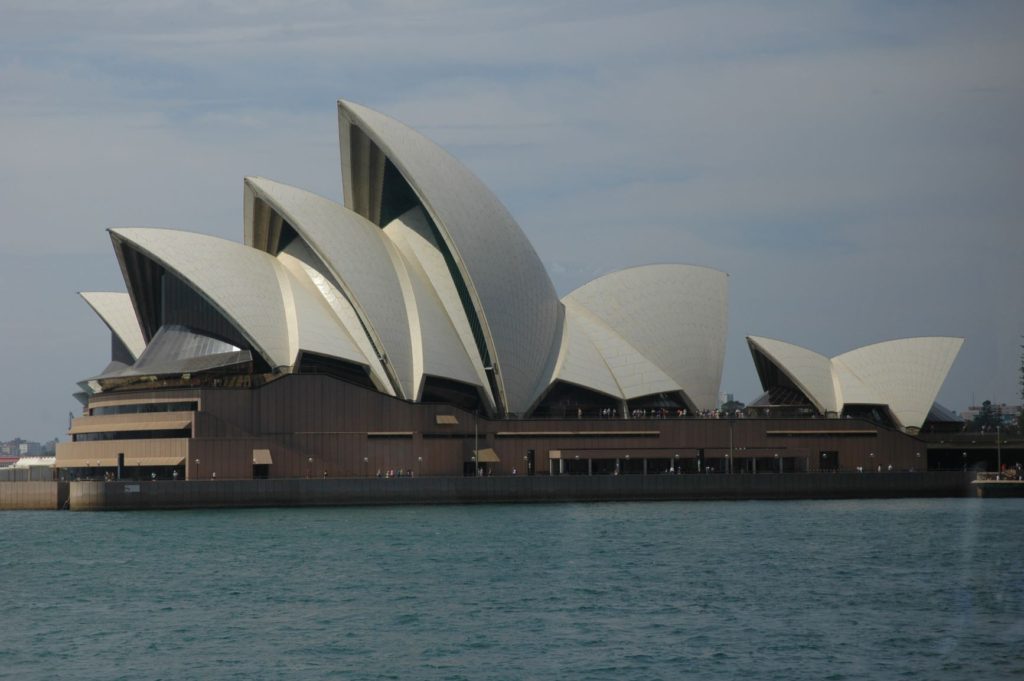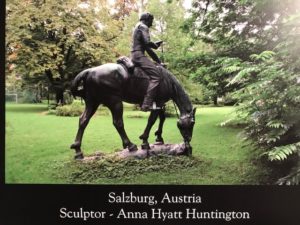 Lincoln is in Salzburg, Austria. I missed it…and yet I didn’t. Each month I explore the statues and locations from the 2020 calendar prepared by David Wiegers. For August we’re in Austria.
Lincoln is in Salzburg, Austria. I missed it…and yet I didn’t. Each month I explore the statues and locations from the 2020 calendar prepared by David Wiegers. For August we’re in Austria.
The statue itself depicts Lincoln reading while sitting on his horse, the stead munching on some grass during a break on the circuit. Lincoln often read while traveling the 8th Judicial Circuit as a lawyer, and sometimes judge, moving from town to town and picking up cases in each district. Called “Abraham Lincoln on the Prairie,” it’s a massive piece by sculptor Anna Hyatt Huntington. Huntington once studied under renowned sculptor John Gutzon Borglum, who is probably best known for Mount Rushmore and his huge bust of Lincoln that now resides in the Capitol crypt. One of the few female sculptors prominent in the New York City artist community, Huntingdon is especially known for her equestrian sculptures.
I saw the statue, not in Salzburg, but in front of New Salem, Illinois. Another copy of the statue stands in Lincoln City, Oregon to commemorate the territorial governor’s post that Lincoln turned down (yes, even places Lincoln rejected still honor him). I passed through Lincoln City on a northwest road trip a couple of years ago, and once again missed a statue I didn’t find out existed until after I was there. The same occurred in Salzburg.
It’s hard to believe that my visit to Salzburg was a decade ago. I was two-thirds of the way through my three year stint working and living in Brussels and decided a road trip was in order. A quick flight on discount airline Ryan Air got me to Bratislava, Slovakia, where I picked up a rental car at the airport. [There’s a long story about how the car would not go into reverse, but I’ll save that for another time] On a whistle-stop tour covering five countries I stayed one night in Bratislava, then a night each in Vienna (Austria), Munich (Germany), Fussen (Germany), Salzburg (Austria), squeezed in a day in Ljubljana (Slovenia), and finally two nights in Budapest (Hungary). Driving through the mountains – and the 10-mile-long tunnels – was amazing.
Like all European cities, Salzburg has its castle up on the hill and a very walkable old town replete with cobblestones. Mozart’s old house is a museum. The churches are massive, the beer is not bad, and there was an interesting 25-foot diameter golden ball on a pedestal, on top of which stood a sculpture of a remarkably anachronistic modern-dressed man. I enjoyed the city immensely. But I missed the Lincoln statue.

According to “the internets,” the Austrian Minister of Education had originally seen “Abraham Lincoln on the Prairie” on exhibit in the Illinois State Pavilion of the 1963 New York World’s Fair. Greatly enamored of the statue, and with many political connections, the Minister was able to have a copy gifted to Austria in 1965 and placed near the “Teacher’s House” in downtown Salzburg. Unfortunately, the location is now private property and the statue stands in the backyard. David Wiegers told me that the statue is visible through the fence and apparently no one bothered him as he stealthily moved closer to snap the photo for the August calendar month.
I’ll end with a note about my own photo above. While walking around Salzburg there are the usual street performers. This one worked a pretty cool marionette playing the piano (including a little Jerry Lee Lewis). Quite a few people were enthralled with the performance, including this little well-dressed boy, who stood there for some time communing with the puppet. As much as I admire statues, it’s real people with real emotions like this that make traveling such an amazing experience.
[Photo credits: My close up of David Wiegers August 2020 calendar page; my Salzburg photo]
David J. Kent is an avid science traveler and the author of Lincoln: The Man Who Saved America, in Barnes and Noble stores now. His previous books include Tesla: The Wizard of Electricity and Edison: The Inventor of the Modern World and two specialty e-books: Nikola Tesla: Renewable Energy Ahead of Its Time and Abraham Lincoln and Nikola Tesla: Connected by Fate.
Check out my Goodreads author page. While you’re at it, “Like” my Facebook author page for more updates!



 Early on the morning of August 12, 1864, poet Walt Whitman watches from his Washington, DC home as President Abraham Lincoln travels from the Old Soldier’s Home to the White House for a day’s work. Whitman would go on to write, not one, but two great poems about our 16th President.
Early on the morning of August 12, 1864, poet Walt Whitman watches from his Washington, DC home as President Abraham Lincoln travels from the Old Soldier’s Home to the White House for a day’s work. Whitman would go on to write, not one, but two great poems about our 16th President.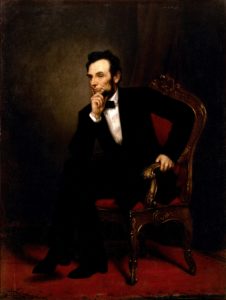 As I write this, Barack Obama’s Vice President Joe Biden is within days of picking his own vice presidential running mate, so it seems a good time to revisit the two vice presidents that Abraham Lincoln picked. Well, saying Lincoln picked his vice presidents isn’t quite accurate. In fact, he had nothing to do with picking the first one and likely not much more to do with the second one.
As I write this, Barack Obama’s Vice President Joe Biden is within days of picking his own vice presidential running mate, so it seems a good time to revisit the two vice presidents that Abraham Lincoln picked. Well, saying Lincoln picked his vice presidents isn’t quite accurate. In fact, he had nothing to do with picking the first one and likely not much more to do with the second one. Abraham Lincoln had an inquisitive mind, and on July 29, 1836 he sees his first lightning rod. Poor George Forquer was to bear the result of Lincoln’s inquisition.
Abraham Lincoln had an inquisitive mind, and on July 29, 1836 he sees his first lightning rod. Poor George Forquer was to bear the result of Lincoln’s inquisition.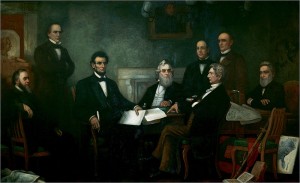 On July 22, 1862, Abraham Lincoln presented the draft
On July 22, 1862, Abraham Lincoln presented the draft 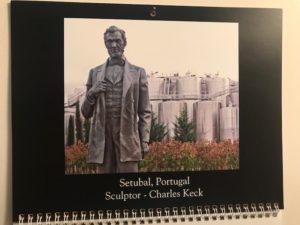 Perhaps one of the oddest locations for an Abraham Lincoln statue is at a winery in Portugal. Which gets us to David Wiegers’s calendar entry for July. And a chance to reminisce on my quick visit to Portugal near the three years I spent living and working in Brussels.
Perhaps one of the oddest locations for an Abraham Lincoln statue is at a winery in Portugal. Which gets us to David Wiegers’s calendar entry for July. And a chance to reminisce on my quick visit to Portugal near the three years I spent living and working in Brussels.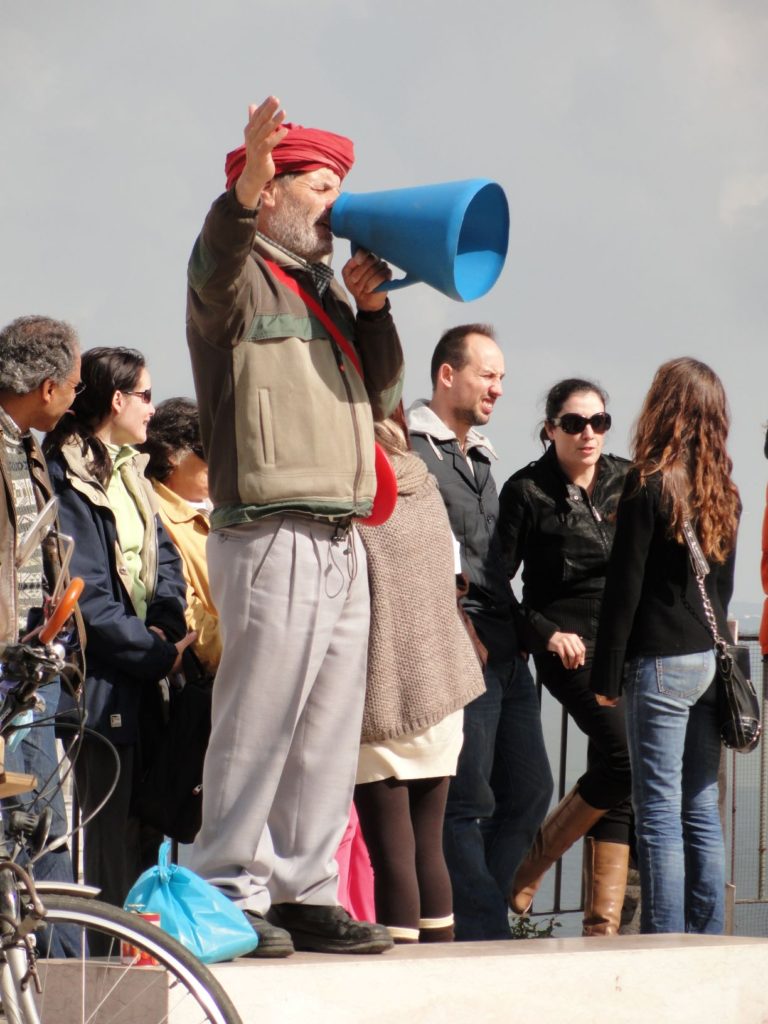
 On June 30, 1862, the Senate confirmed Isaac Newton as Abraham Lincoln’s first Commissioner of the Department of Agriculture, which Lincoln had signed into existence a month earlier. Having come to despise the hard labor of his early years on subsistence farms, Lincoln had always favored government intervention to help people better their condition and looked for ways to bring science to agriculture.
On June 30, 1862, the Senate confirmed Isaac Newton as Abraham Lincoln’s first Commissioner of the Department of Agriculture, which Lincoln had signed into existence a month earlier. Having come to despise the hard labor of his early years on subsistence farms, Lincoln had always favored government intervention to help people better their condition and looked for ways to bring science to agriculture.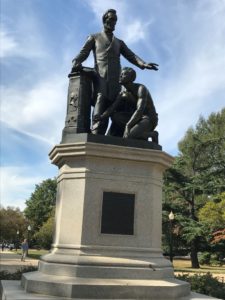 Join the Rally and Teach-In for Lincoln Park
Join the Rally and Teach-In for Lincoln Park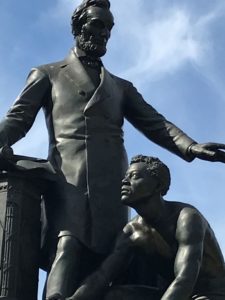 On June 19th, 1865, Union Major General Gordon Granger entered Galveston, Texas and discovered that somehow word had not previously been communicated to the enslaved people that they were free in accordance with Abraham Lincoln’s Emancipation Proclamation effective January 1, 1863. With Granger’s General Order No. 3, June the 19th came to represent the end of slavery in America, and as such became an African American holiday called Juneteenth.
On June 19th, 1865, Union Major General Gordon Granger entered Galveston, Texas and discovered that somehow word had not previously been communicated to the enslaved people that they were free in accordance with Abraham Lincoln’s Emancipation Proclamation effective January 1, 1863. With Granger’s General Order No. 3, June the 19th came to represent the end of slavery in America, and as such became an African American holiday called Juneteenth.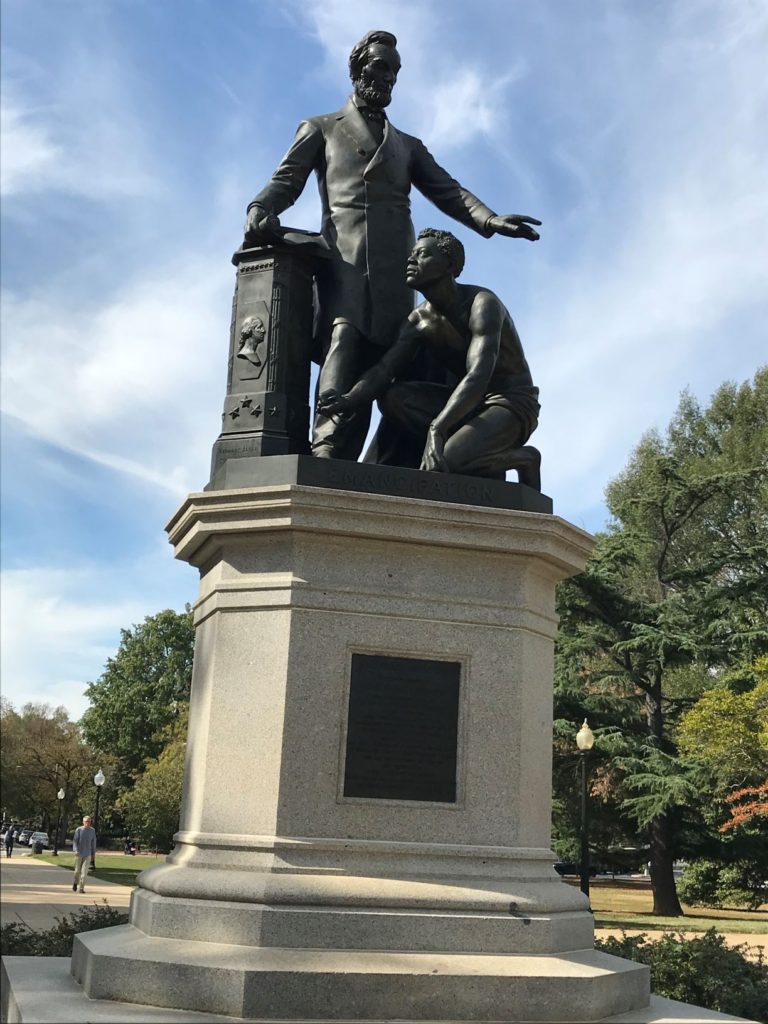
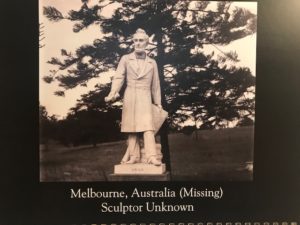 Abraham Lincoln is in Australia! Well, maybe. It’s complicated.
Abraham Lincoln is in Australia! Well, maybe. It’s complicated.